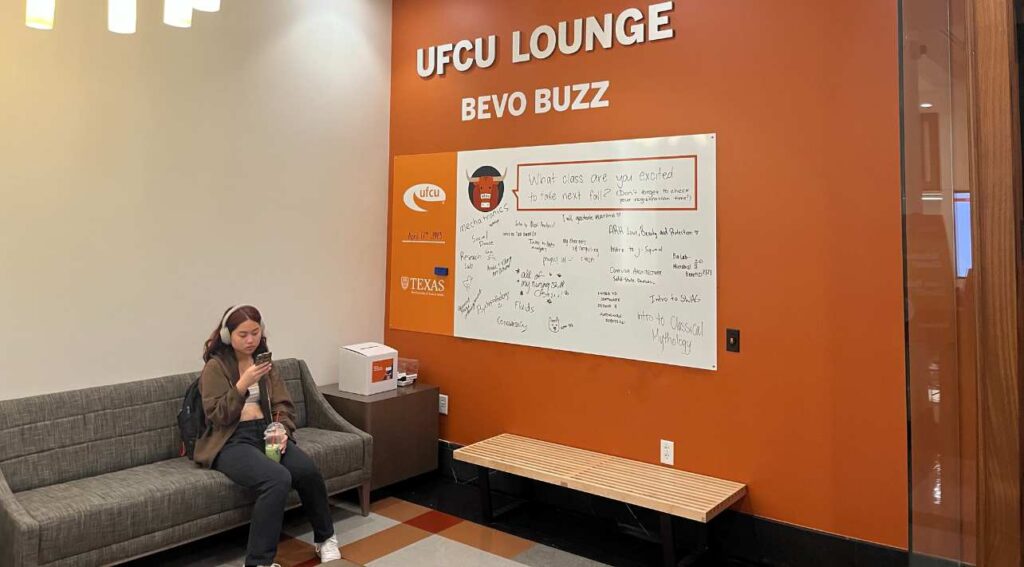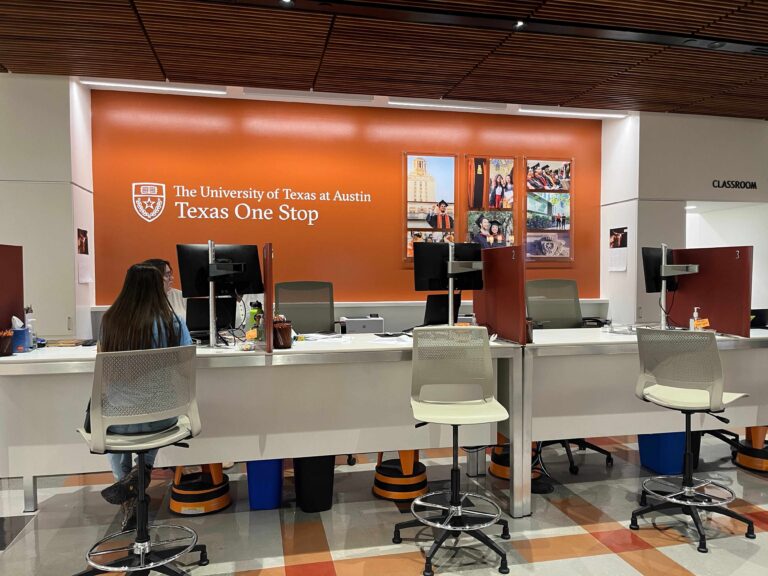Revolutionizing student services with digital tools
Higher education is undergoing significant changes in student services and expectations, technological advancements and increased competition among universities. These have led to internal and external pressure on front-line student affairs personnel and resulted in elevated staff shortages and turnover. Increasingly, university administrators are embracing digital tools to alleviate these challenges and help take the stress off of dedicated staff.
In a study by WaitWell, for example, 85% of respondents said that implementing digital tools into their student affairs offices has improved operational efficiency.
Digital excellence in higher education
More than ever, digital excellence has evolved into a pivotal element in ensuring the success of student affairs departments. The effectiveness of technology and harnessing its full potential has become imperative in enhancing the overall student experience and meeting their evolving needs. Digital excellence, specifically in student services, is the strategic integration and utilization of technology to optimize departmental operations. It encompasses leveraging digital tools, platforms and innovative solutions to improve efficiency and communication and promote student engagement.
Gaps in digital strategies for student services

To attain digital excellence, it is important to implement the right digital strategies. In the WaitWell study, 44% of respondents revealed that they do not have the right digital tools to successfully serve students at their busiest hours. A common reason is that there is a disconnect between departments in many universities and colleges. Different locations on campus utilize different technologies, leading to confusion and slower service since students constantly have to learn a new way of doing things at each office.
Case Study: Enhancing student services with the right digital strategy
By embracing digital excellence, universities are transforming their student affairs departments into efficient, student-centric entities. For example, the University of Texas at Austin improved operational efficiency at its One Stop Shop by using WaitWell to manage student walk-ins and appointments. The solution streamlined administrative processes, automated routine tasks and freed up staff resources to help staff focus on delivering high-quality support and services to students. This has led to improved operational efficiency, reduced wait times and enhanced responsiveness to student inquiries and requests. Using digital tools like this has also been seen to reduce staff stress levels and turnover since they have the tools they need for success, even at the busiest times of the year.
“I think the biggest advantage is how students interact with your office. It makes it so much easier when students are able to log into a queue from home if there is a long wait. It is also very transparent with the student with wait times and communication. I think that having a system like WaitWell shows students that you care about them and that you want their service to be as seamless as possible.” – Jessica Rodriguez, Associate Director at Texas One Stop

Using data analysis to improve student affairs
A significant component of achieving digital excellence involves the proper understanding and utilization of data. Student affairs departments have recognized the immense value of data analytics in comprehending student engagement and delivering tailored support. By harnessing the potential of data, these departments can access valuable insights into student behaviour, preferences and needs, empowering them to enhance their services and make well-informed decisions.
Data analytics plays a crucial role in tracking student engagement across various aspects of campus life. Student affairs departments can collect and analyze data from multiple sources, including student involvement in extracurricular activities, utilization of support services, participation in events and academic performance. George Brown College (GBC) in Toronto has utilized WaitWell for many departments, from financial aid to student tours. Now, GBC has the capacity to conduct data analysis, facilitating the recognition of patterns and trends. This assists departments in gaining insights into thriving areas as well as areas that may require further attention. For example, GBC now knows that they have decreased wait times at their financial aid office by 20% in a year since implementing WaitWell. Overall, according to Dave Scott, Manager of Domestic Recruitment and Entry Advising at GBC, “It has also provided our team with more insight to reporting on our service delivery.”
“To be successful, higher education needs to invest in data strategy, a tactic that allows institutions to understand business needs, define use cases and build architecture to support a long-term vision” – Ellucian.








